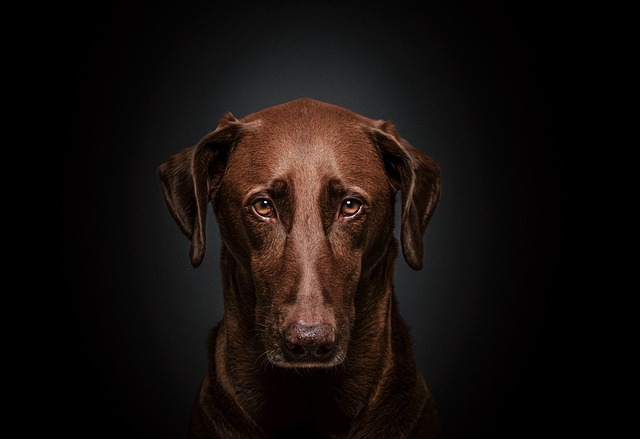
why is my dog’s skin peeling
If you’re a new dog parent in the US—maybe you’re folding laundry in your New York City apartment and notice white, flaky bits of your 8-month-old Golden Retriever
If you’re a new dog parent in the US—maybe you’re dabbing your 10-month-old Goldendoodle, Ruby’s, watery eye with a tissue in your Chicago apartment, remembering she played with a scruffy terrier at the dog park yesterday, and panicking: Did she catch something? Could she give it to my neighbor’s pup? Dog eye infections are common, but whether they’re contagious depends on what’s causing them. The good news is, with a little know-how, you can keep Ruby (and other dogs) safe. Let’s break this down simply, with real tips for what to do next.
First, let’s get the straight talk on why it matters: Most contagious eye infections in dogs are caused by viruses (like distemper or canine herpesvirus) or bacteria (think staph or strep). These spread through tiny droplets—when an infected dog sneezes, licks their eye, then sniffs another dog’s face, or when you touch Ruby’s goopy eye and then pet your friend’s lab. But not all infections are contagious: If Ruby’s eye is red because she got dust in it, or from allergies (common in apartments with dry air), that won’t spread to other pups. Take Mia, a first-time owner in Texas: Her rescue Chihuahua, Lua, had a crusty eye, and she worried it was contagious. Her vet said it was just an irritated eyelash—no risk to Mia’s sister’s dog. Knowing the cause is key.
Here’s what to do if you think your dog has an eye infection, step by step: First, check for “contagious red flags”: thick yellow/green discharge (not just clear tears), red or swollen eyelids, or Ruby squinting like her eye hurts. If you see these, keep her away from other dogs—skip the dog park, and avoid playdates until the vet says it’s okay. To clean her eye gently (no more irritation!), dip a soft cloth in warm water, wring it out, and wipe the area around her eye (never touch the eyeball itself). Give her a tiny freeze-dried chicken treat while you do it—positive reinforcement keeps her calm, and US animal welfare norms strictly ban scolding if she wiggles (punishment will make her fear care). Next, call your vet within 24 hours—they’ll test for viruses/bacteria and give meds (like antibiotic drops) if needed. Never use human eye drops—they can hurt her eyes worse.

Now, let’s tie in rules and habits that matter. Every US state requires core vaccines (distemper, parvovirus)—distemper is a big cause of contagious eye infections, so keeping Ruby’s shots up to date isn’t just the law (fines for skipping can hit $150+ in California or New York)—it’s her first defense. When you’re out with Ruby (even when she’s healthy), always clean up her poop—cities from Seattle to Boston fine up to $300 for leaving waste, and while poop doesn’t spread eye infections, it’s part of being a responsible owner (which helps keep dog parks safe for everyone). If you live in an apartment, disinfect surfaces Ruby touches (like doorknobs or her bed) with a pet-safe cleaner if she has a contagious infection—this stops the germs from lingering. And if you have other pets, feed them in separate bowls—germs can stick to shared dishes, too.
Dog eye infections can feel scary, but they’re usually treatable. By knowing the signs of contagious ones, keeping up with vaccines, and being careful around other dogs, you’ll help Ruby heal fast. Before you know it, she’ll be back to chasing squirrels at the park—no more watery eyes, just a happy pup.

If you’re a new dog parent in the US—maybe you’re folding laundry in your New York City apartment and notice white, flaky bits of your 8-month-old Golden Retriever

If you’re a new dog parent in the US—maybe you’re sitting on your California apartment floor, petting your 7-month-old rescue Corgi, Max, and noticing a patch of his tan fur is gone

Most dog owners don’t realize tetanus can affect their pups—especially when they’re exploring yards or wooded areas, where small cuts or punctures (from nails, thorns, or even broken glass) are common.

If you’re a new dog parent in the US—maybe you’re standing in your New York City apartment bathroom, towel in hand, staring at your 6-month-old Golden Retriever

If you’re a new dog parent in the US—maybe you’re kneeling on your California apartment floor, noticing your 8-month-old rescue Pug

You’ve probably noticed your dog shaking their head more than usual or scratching intensely at their ears—maybe even leaving behind a dark